41 reading the back of food labels
Changes to the Nutrition Facts Label | FDA - U.S. Food and ... Mar 07, 2022 · Manufacturers with $10 million or more in annual sales were required to update their labels by January 1, 2020; manufacturers with less than $10 million in annual food sales were required to ... Food label reading guide | Nutrition Australia The Health Star Rating is a front of pack labelling scheme which can be used to make healthier food choices at a glance. The rating range is from ½ - 5 stars and the more stars, the healthier the choice. Recommended minimum star ratings for food and drink categories Remember: Reading food labels can help us make healthy choices.
Learning To Read Labels :: Diabetes Education Online On a nutrition food label, subtract the fiber from the total carbohydrate amount. When you read food labels, the grams of sugar are already included in the total carbohydrate amount, so you do not need to count this sugar amount separately. The grams of sugar listed include both natural sugars, from fruit or milk, and added sugars.

Reading the back of food labels
10 Rules For Reading a Food Label - YouTube This video presents clear rules to properly read a food label. This video explains how to calculate the calories present in the foods you eat and reviews the different types of nutrients that... Reading Food Nutrition Labels 101 and How to Decode Them Low cholesterol - 20 milligrams or less of cholesterol and 2 grams or less of saturated fat per serving. The manufacturers call it sodium, but everyone knows it is plain old salt. Limit the high sodium foods you eat, aiming for a daily intake of 2400 milligrams or less. Sodium-free - less than 5 milligrams per serving. Reading food labels: Tips if you have diabetes - Mayo Clinic Put sugar-free products in their place. Sugar-free doesn't mean carbohydrate-free. Sugar-free foods may play a role in your diabetes diet, but remember that it's equally important to consider carbohydrates as well. A sugar-free label means that one serving has less than 0.5 grams of sugar. When you're choosing between standard products and ...
Reading the back of food labels. How to Read Food Labels | Institute of Health Sciences Learning how to read food labels helps to keep a check on the amount of foods you're eating that are high in fat, salt and added sugars. Most pre-packed foods have a nutrition label on the back or side of the packaging. These labels usually include information on energy in kilojoules (kJ) or kilocalories (kcal), usually referred to as calories. How To Read Food Labels: Understanding the Basics - Instacart The nutrition facts table is usually found on the rear or the side of the label. This is perhaps the most useful part of a food label, providing a detailed breakdown of the product's nutritional content, including calories, protein, carbohydrates, fat, and more. 1. Beware of misleading claims How to read food labels | healthdirect Food labels contain detailed nutritional information about packaged foods which can help you make informed decisions about your daily diet. How To Read Food Labels - 10 Tips - Pritikin Longevity Center 8. Check the types of fat. Make sure there are no saturated fats, partially hydrogenated fats, or tropical oils in the ingredient list, including lard, butter, coconut, cocoa butter, palm oils, shortening, margarine, chocolate, and whole and part-skim dairy products. They're all damaging to your arteries and heart.
Understanding Food Labels - The Nutrition Source The information on food labels is intended to help consumers become savvy about their food choices. The front, back, and sides of a package are filled with information to inform us what the food contains and to provide guidance in making healthier selections of processed foods. How to Read a Food Label - FoodAllergy.org In the ingredient list, using the allergen's common name. Using the word "Contains" followed by the name of the major food allergen—for example, "Contains milk, wheat.". In the ingredient list in parentheses, when the ingredient is a less common form of the allergen—for example, "albumin (egg).". With tree nuts, fish and ... How to Understand and Use the Nutrition Facts Label - FDA That is two times the calories and nutrients shown in the sample label, so you would need to double the nutrient and calorie amounts, as well as the %DVs, to see what you are getting in two... Reading Food Labels | ADA - American Diabetes Association Put food labels to work. The Nutrition Facts labels on foods are really the key to making the best choices. We'll cover the basics so that these labels make shopping easier for you. You've heard it all. From carb-free to low-carb, to whole and empty carbs, it's hard to know what it all means. Blood sugar highs and lows aren't always ...
How to read food labels | Health Advice Hub - Laya Healthcare 1. Back of Pack Labelling · 2. Ingredients List · 3. Front of Pack Labelling · 4. What's the difference between salt and sodium? · 5. What's the difference between ... How to read food labels - safefood To make healthier choices, you need to be able to make sense of food labels. Understanding food labels can be tricky. It takes time and practice. Start at home by getting familiar with labels on the foods you eat regularly. Then when you are shopping, compare labels of similar products to find the healthiest option. Here are the things to look ... How to understand food labels | Eat For Health The Nutrition Information Panel on a food label offers the simplest and easiest way to choose foods with less saturated fat, salt (sodium), added sugars and kilojoules, and more fibre. It can also be used to decide how large one serve of a food group choice or discretionary food would be and whether it's worth the kilojoules. Food Label Reading - What You Need to Know Food packages and containers in the U.S. must now give shoppers information about the nutrition of the food in the package. A table called "Nutrition Facts" is on the side or back of most packaged foods. This table tells you exactly how large a serving is and how many servings are in the package.
Reading Food Labels | SeekHealthZ The food label is the common term for the Nutrition Facts panel on the side or back of food packages or containers. The food label helps you to make informed food choices by providing information about serving size and the amount of calories and various nutrients in the food.
How To Read Food and Beverage Labels There are three types of product dates commonly printed on packaged foods and beverages: "Sell by" tells how long the manufacturer suggests that a store should sell items such as meat, poultry, eggs, or milk products. Make sure you buy by this date. "Use by" tells how long items will be at peak quality.
Label reading 101 - Healthy Food Guide You can verify these claims by reading the nutrition information panel on the back of food products. Step 2: Scan the ingredients list Ingredients used in products are listed in descending order by weight, from the largest to the smallest. Pay particular attention to the first three ingredients.
How To Read A Food Label Correctly | Your HCG Diet How to Read a Food Label Correctly Food packaging can be confusing, and it's sometimes hard to decipher the information on the front of the package with what's on the back of the package, especially when you are trying to cut calories, fat, and carbohydrates from your diet. Why You Should Read a Food Label on and off of the HCG Diet
Food miles - Wikipedia Food miles is the distance food is transported from the time of its making until it reaches the consumer. Food miles are one factor used when testing the environmental impact of food, such as the carbon footprint of the food. The concept of food miles originated in the early 1990s in the United Kingdom.
How to Read Food Labels: Your Complete Consumer Guide The words and images on packaged foods are there for one of two reasons — to sell or to inform. Food manufacturers want to present their products in as positive a light as possible and may sometimes make questionable claims about them. Regulators want the labels to include clear and honest data about quality, nutrients, and ingredients.
Articles - Scholastic Article. Wonder Bubbles: Nonfiction Research for Elementary Age Students . Grades K - 6
How to Read a Food Label - The New York Times The new label reveals that the whole bag might contain 420 calories, in addition to noting 140 calories per "serving." Until all manufacturers are in compliance with the updated label, a close...
5 Tips from an Expert on How to Read Food Labels - FoodPrint The next step is choosing grassfed, looking for a label like "Certified Grassfed by AGW" or "PCO Certified Grassfed." "The nutrient density and fatty acid profile of [milk and beef] is much better when you finish cows on grass, rather than corn [which is typical in industrialized animal production]," Urvashi explained.
How To Read Food Labels Like a Boss - MirraSkincare Without knowing how to read food labels, it is difficult to know what nutrients we are consuming and what nutrients we still need to consume. Contents 1. History of Food Labels 2. Servings Per Container vs. Serving Size 3. Calories 4. % Daily Value 5. Total Fat 6. Cholesterol 7. Sodium 8. Total Carbohydrates 9. Protein 10. Vitamins and Minerals 11.
How To Read Food Labels: What's On it & What to Avoid Reading a food label sounds like being back in chemistry class. Does this sound like you? Don't worry, at one point, it was me too. It's time to take the confusion and overwhelm out of reading food labels. In this post, I will tell you what is on a food label and exactly what ingredients or red flags to avoid. My goal is for you to ...
Why Is Reading Food Labels Important? | livestrong It's recommended that you cut back your sodium intake to less than 2,300 milligrams per day and your intake of added sugar and saturated fat to no more than 5 to 15 percent of your daily calories, according to the Dietary Guidelines for Americans 2010. Check food labels for guidance as to how to reach your goal of cutting back on these components.
How to Read a Food Label to Make Sure It's Keto in 3 Easy Steps Food manufacturers are required by the FDA to list ingredients in order of predominance by weight. The ingredient that weighs the most is listed first, and the ingredient that weighs the least is listed last. So stay away from foods where sugar or starch is listed as one of its first 5 ingredients. That's too many carbs for fat loss.
Food labels - NHS Nutrition information labels can help you choose between products and keep a check on the amount of foods you're eating that are high in fat, salt and added sugars. Most pre-packed foods have a nutrition information label on the back or side of the packaging. You can use nutrition information labels to help you eat a balanced diet.
How to Read Food Labels Without Being Tricked - Healthline Aug 19, 2020 · Reading labels can be tricky. Consumers are more health-conscious than ever, so some food manufacturers use misleading tricks to convince people to buy highly processed and unhealthy products.
How to Read Food Labels - AANMC For a food to be considered "low sodium", it may not have more than 140 mg per serving. 4, 5 Of course, the very best food choices are the ones with no ingredient list at, such as fruits, vegetables, legumes, nuts, and seeds. However, we live in a world where packaged foods are ubiquitous, so having as much information as possible is important.
Reading food labels: Tips if you have diabetes - Mayo Clinic Put sugar-free products in their place. Sugar-free doesn't mean carbohydrate-free. Sugar-free foods may play a role in your diabetes diet, but remember that it's equally important to consider carbohydrates as well. A sugar-free label means that one serving has less than 0.5 grams of sugar. When you're choosing between standard products and ...
Reading Food Nutrition Labels 101 and How to Decode Them Low cholesterol - 20 milligrams or less of cholesterol and 2 grams or less of saturated fat per serving. The manufacturers call it sodium, but everyone knows it is plain old salt. Limit the high sodium foods you eat, aiming for a daily intake of 2400 milligrams or less. Sodium-free - less than 5 milligrams per serving.
10 Rules For Reading a Food Label - YouTube This video presents clear rules to properly read a food label. This video explains how to calculate the calories present in the foods you eat and reviews the different types of nutrients that...





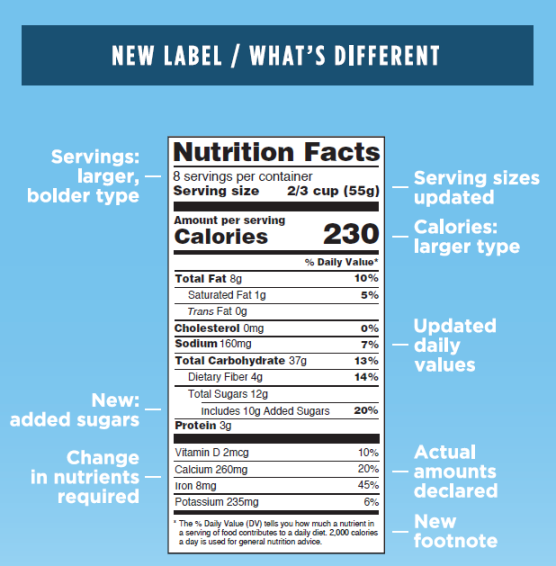
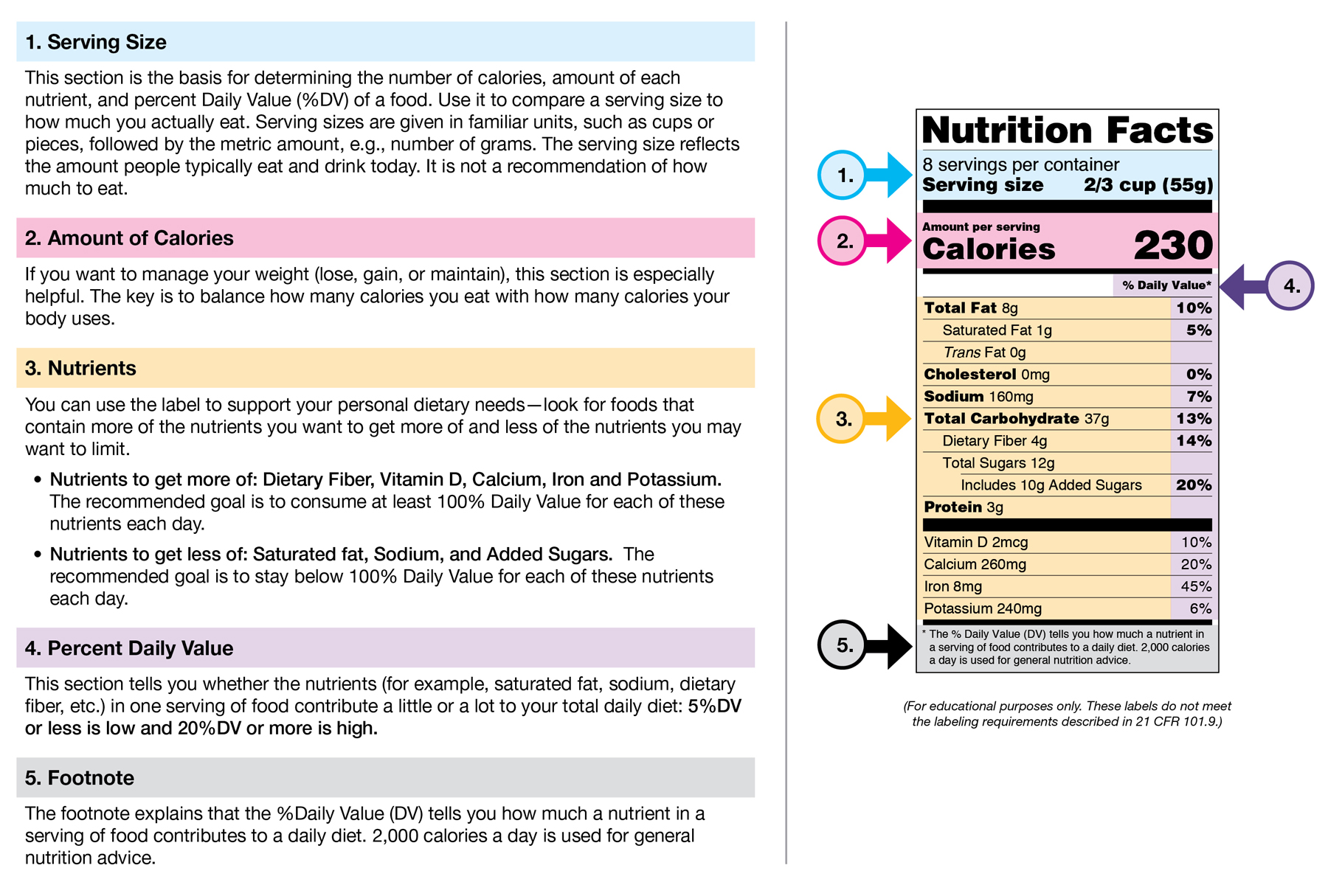


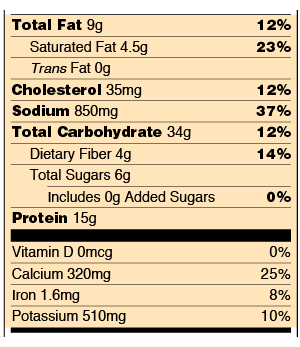

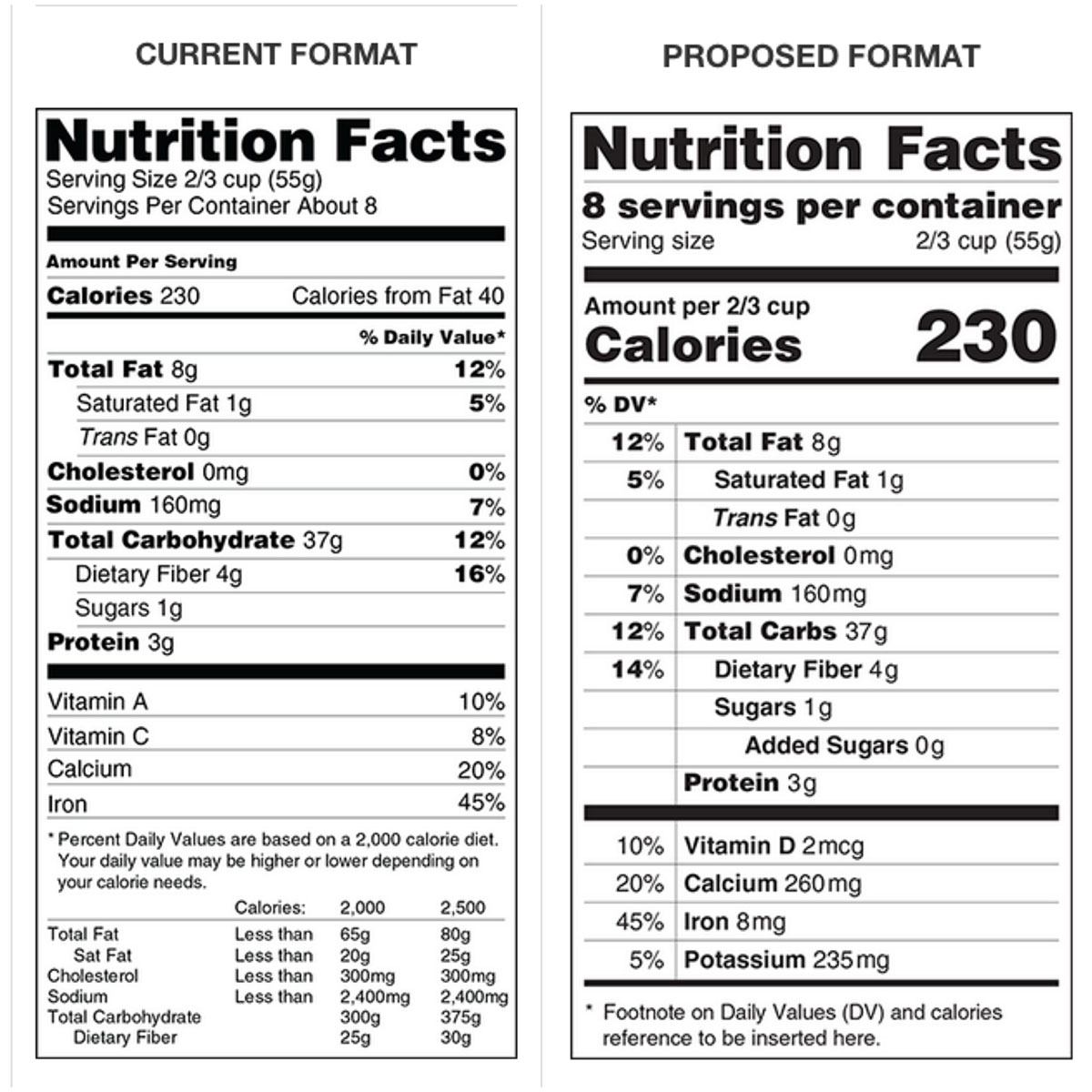



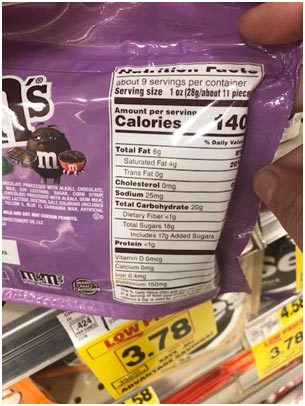
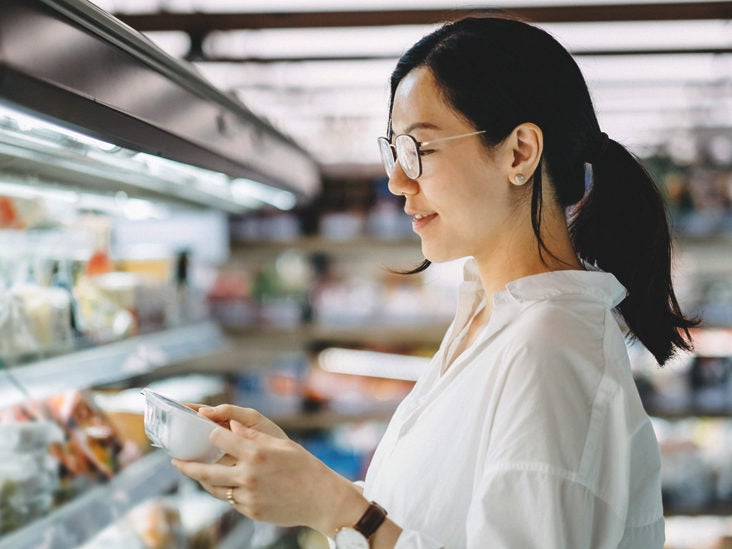

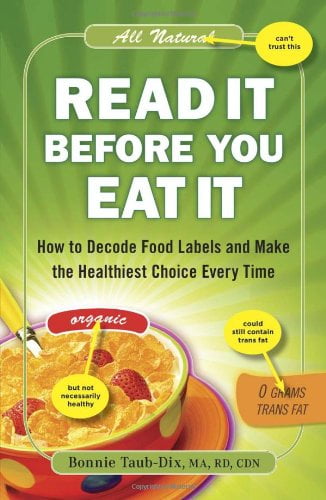
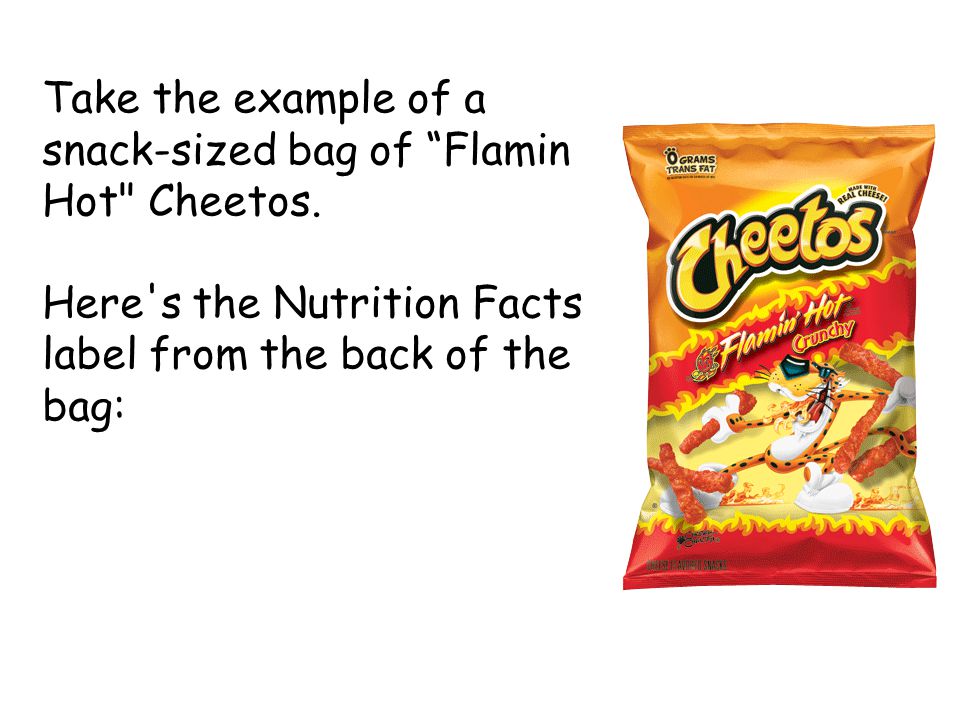






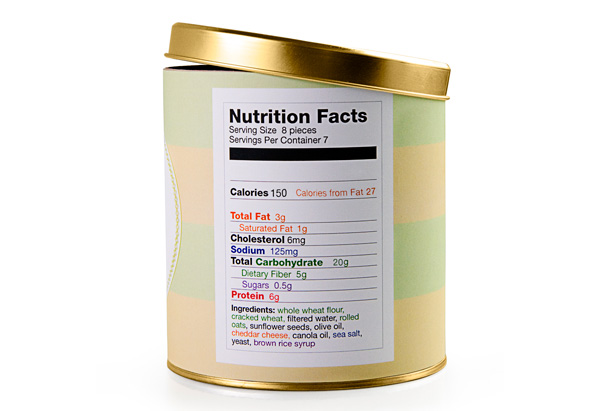


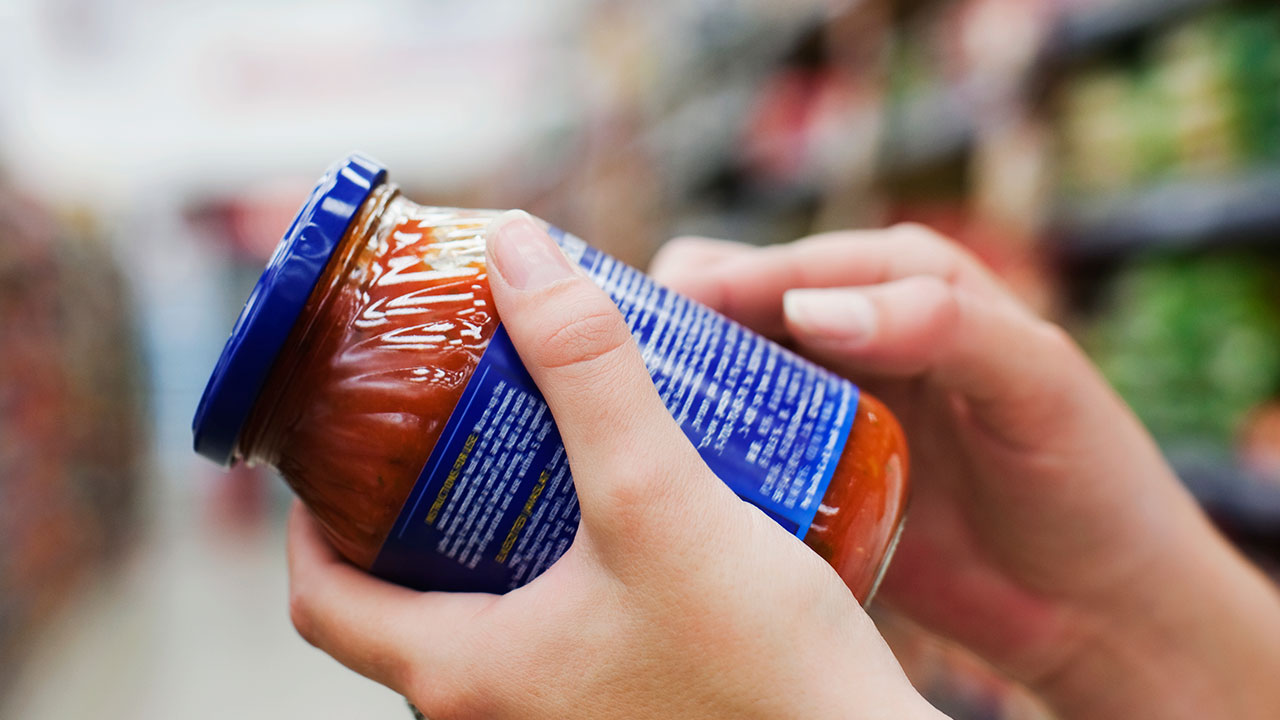







Post a Comment for "41 reading the back of food labels"